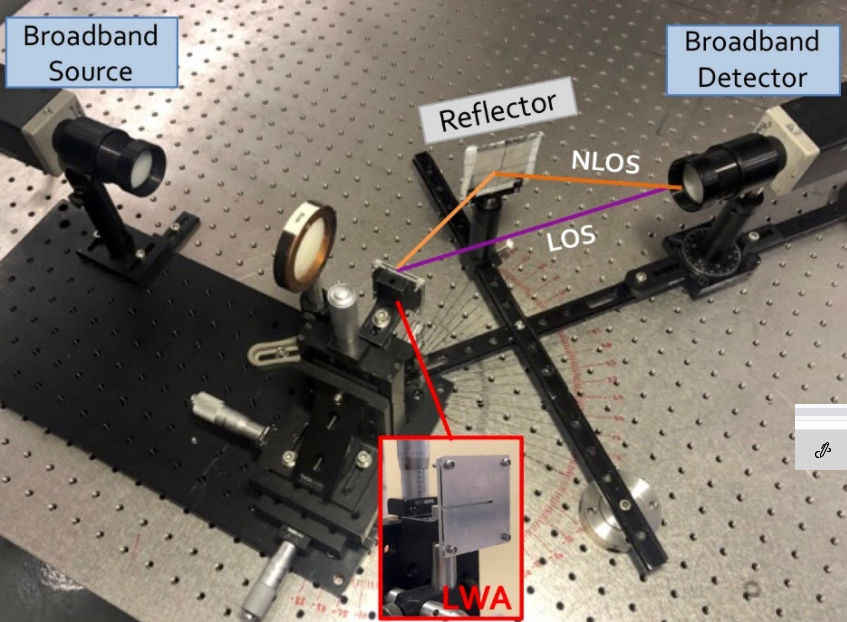Spectrum Frontiers


This exploratory research thrust considers the exploitation of new spectrum frontiers including mmWave frequencies above 100 GHz, the THz bands as well as IR and optical free space communications. Communication in the lower mmWave bands was central to the 5G cellular standard. The higher frequencies above 100 GHz have been widely-identified as potential candidates for future 6G systems. The FCC has recently opened four unlicensed bands above 95 GHz with a total of 21.2 GHz of bandwidth, and the use of 275–450 GHz bands has been discussed in WRC-19. An important aspect of the study of new bands is that of understanding both propagation and interference, with the goal of developing standard models for coverage and reuse. Sharing of mmWave and THz spectrum between fixed and mobile land services, satellite, and passive systems has been identified as a key study item. IR and optical spectrum in free space are also new or little utilized spectral bands with potential to work cooperatively with other bands due to complementary weather tolerance. They also pose unique interference effects over long range, for example laser scatter into aircraft cockpits. We plan to investigate the use of fiber and free space optical systems to relax radio requirements e.g., due to rapid mmWave handovers from blockage and fading events. The project will also initiate discussion with the medical community on assessing health effects in these bands. Clear understanding and guidance on the potential health impact is needed, including any exposure limits for different use cases.
